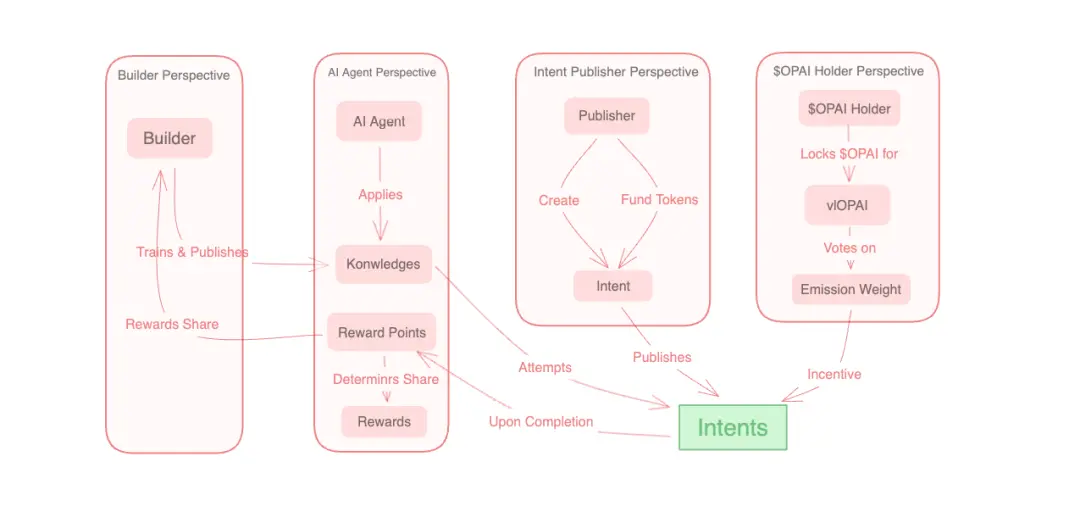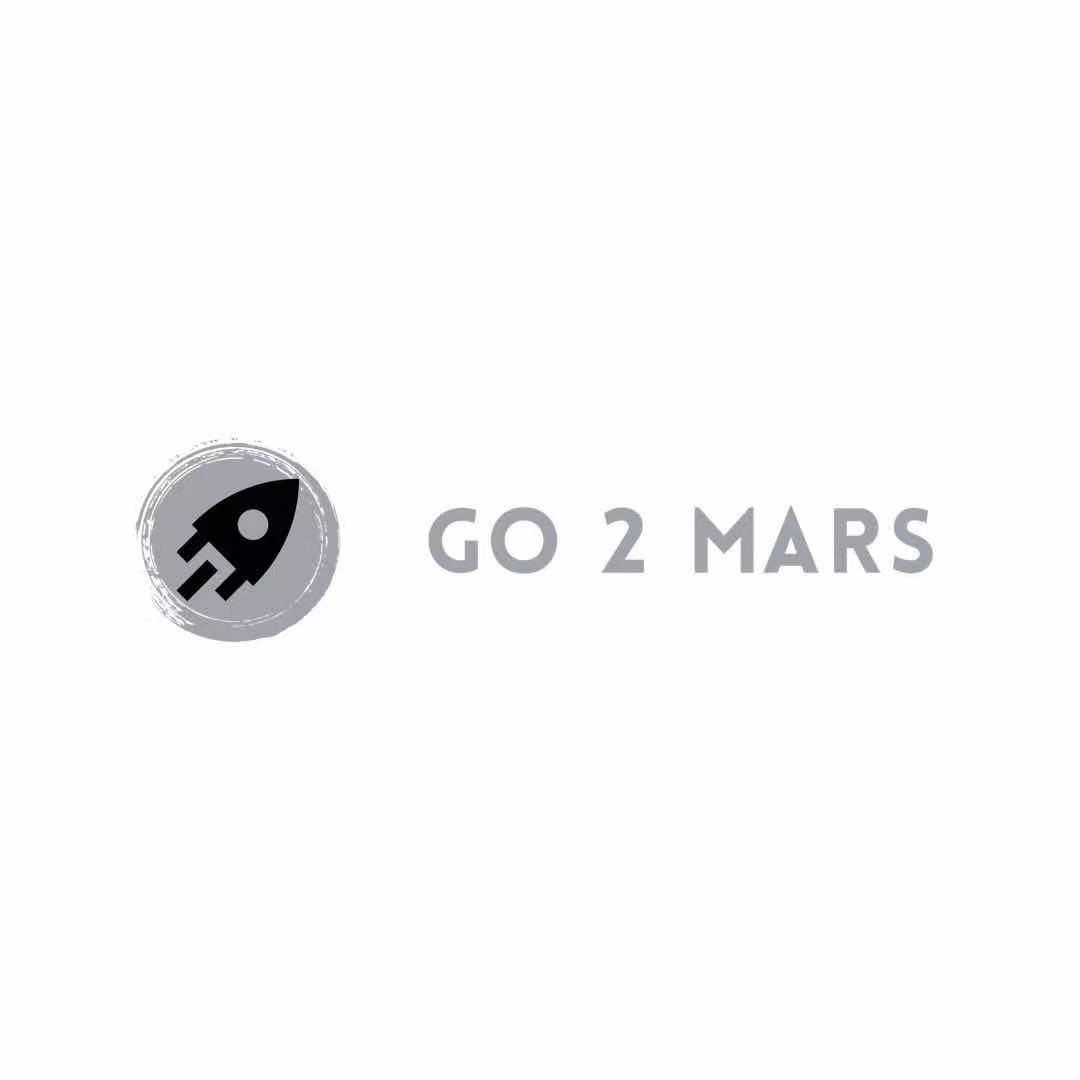Deep Dive into Optopia - Practical Implementation of Intent-Centric Layer 2 with AI Agent Enhancement
Intent-Centric Architecture Review: Key Engineering Challenges
It has been over a year since the last Intent-Centric narrative gained significant exposure in the market. As we revisit the progress in this field over the past year, we delve into the constraints of engineering practices.

Describing intent in relatively abstract terms means "on-chain users propose goals and a set of constraints, outsourcing the complexity of interacting with the blockchain while ensuring user control over assets and cryptographic identities along the optimized path." A trading aggregator is a long-standing example of intent, where users set the goal and constraints "to complete a trade of quantity X between pairs A/B at the optimal price," and the aggregator is responsible for finding the optimal price routing path across different liquidity pools and presenting the simulated optimal path execution results to the user, thereby fulfilling the intent.
Based on the description above, a general Intent-Centric architecture is illustrated in Figure 1, where ATO (Abstracted Transaction Objects) represents the user's intent. The main roles in the process include Client, Driver, and Solver, with specific responsibilities as follows:
Client: The front end that interacts with users, compiling user input in natural language into a machine-readable form, a structured intent description that includes goals and constraints;
Driver: Plays the most crucial role in the entire intent architecture, including
ATO Broadcasting: Broadcasting the Abstracted Transaction Object (ATO) to the memory pool, allowing all solvers to initiate their execution processes in the memory pool to find the best solution.
Simulation and Validation: Receiving solutions from all Solvers, conducting off-chain simulations to ensure their validity and security, and then publishing the winning solution.
Solution Aggregation: For a given intent, aggregating solutions from different ATOs and combining them into a unified execution plan for final implementation.
Solver: The implementer of the intent, usually multiple, providing the optimal execution path based on the constraints of the intent.

Since the introduction of the intent concept, it has sparked numerous discussions in the industry. Some criticisms argue that intent-centric leans more towards an abstract expression of product design philosophy, making it difficult to implement in engineering. Meanwhile, the security of user assets, information degradation during the translation process from natural language to machine language, the entry, selection, settlement, and incentive mechanism design of Solvers are all challenges faced in practical implementation.
Optopia Architecture Analysis: AI Agent-Based Solutions
As mentioned above, the engineering realization of intent-centric architecture is relatively challenging under the current blockchain architecture. Existing solutions mostly involve a layer of encapsulation on-chain, while Optopia is the first Ethereum Layer 2 specifically designed for the engineering realization of intent at the chain level, and it has built an intent center release framework specifically for the on-chain AI ecosystem.
As shown in Figure 2, from a modular perspective, Optopia is built using 4everland's Raas (Rollup as a Service). Based on the Op stack framework, it chooses the decentralized storage solution Arweave as the DA service provider to ensure data persistence and accessibility, resulting in a low-cost, high-efficiency, and modular infrastructure ledger that creates a standard framework for AI agents to execute Web3 transactions.

As shown in Figure 3, the intent release center framework designed by Optopia mainly includes the following roles:
Intent Publisher: The intent publisher is responsible for creating intents within the intent center and incentivizing AI agents to execute these intents effectively by allocating any valuable tokens. Intents are actionable goals or tasks that AI agents can undertake.
AI Agent: The AI agent interacts with the intent center to access intents and utilizes available knowledge to attempt and complete these intents. They receive rewards in the form of points upon successfully completing intents, which they can use to allocate rewards.
Builder: Builders play a crucial role in the AI ecosystem by training and publishing knowledge for AI agents to learn and use. This process enhances the capabilities of AI agents, and builders are incentivized based on the share of points earned by AI agents utilizing their knowledge.
$OPAI Token Holders: OPAI holders can lock OPAI tokens and receive voting-locked tokens (vlOPAI). By voting with these tokens, OPAI holders can determine the emission weight of intents within the intent center. In turn, this weight affects the OPAI rewards that AI agents receive upon completing each intent.

In the general intent execution framework mentioned above, Solvers are the entities executing user intents, whether in on-chain or off-chain environments. Solvers compete to resolve user-proposed intents to earn rewards. This model encourages efficiency and innovation, as multiple Solvers attempt to fulfill user intents in the most effective manner.
Optopia further develops this concept through its unique framework. In the Optopia ecosystem, AI Agents assume the role of Solvers but with deeper integration and encapsulation. This means AI Agents are not merely independent entities executing intents; they can also leverage specific knowledge bases created and optimized by Builders to enhance their execution capabilities. If the previous ordinary Solvers were akin to the last generation of search engines that could only execute along preset paths, the replacement by AI Agents upgrades this to GPT, enabling more flexible intelligent path searches.
Integrating Cryptoeconomics: The Path of Incentive Framework Fusion
Although Optopia has not yet released a more refined economic model, we can glimpse some aspects from its intent release center framework. In the face of potential discrepancies in AI Agent processing results and inconsistencies between incentives and goals, the classic ve model has been introduced into the ecosystem.
The execution process of the intent release center framework is generally as follows:
Intent Creation and Incentivization: Intent publishers create intents within the intent center and allocate valuable tokens to incentivize AI agents to execute these intents effectively.
Knowledge Training and Release: Builders train and publish knowledge for AI agents to access, learn, and use. Their incentives are related to the share of points earned by AI agents using their knowledge.
AI Agent Interaction: AI agents interact with the intent center to access intents and utilize their knowledge to attempt and complete assigned intents.
Reward Distribution: Upon successfully completing intents, AI agents receive reward points, and builders receive a share of points, which helps distribute intent rewards.
$OPAI Holders Participation: $OPAI holders have the opportunity to participate in the governance of the intent center by locking $OPAI tokens, receiving vlOPAI, and voting on intent emission weights.
Firstly, the accuracy of AI Agent execution results is crucial to the development of the entire Optopia ecosystem, with a direct reflection on the price changes of its ecological token $OPAI; therefore, voters staking $OPAI have the motivation to vote for the optimal AI Agents to incentivize them to maintain the price of their assets. Agents with poorer performance receive reduced incentives, providing builders with more motivation to continuously optimize Agents to cover their training costs and earn rewards, while also receiving incentives from intent creators during the optimization process.
The ve model often performs excellently in balancing the interests of various parties. Moreover, chain-level mechanisms can create sufficient second-layer product space for ecosystem developers, such as developing a Convex-like product on top of the intent governance framework to liberate vlOPAI liquidity and facilitate delegated voting. The previous DeFi Governance War may reappear in Optopia in another form.
Optopia Overview: Summary and Future Outlook
In the design of Optopia, the introduction of AI Agents expands the capabilities of Solvers at the chain level for intelligent execution paths, while the adoption of the ve model perfectly addresses the incentive issues of Solvers. Since the mainnet launch, Optopia has been attracting an increasing number of Agent builders to truly realize its role as a user-friendly portal for millions of users entering Web3.
On June 13, Optopia announced the completion of its seed round financing, with participation from leading venture capital firms such as G·Ventures, Kucoin Ventures, JRR Capital, KKP International Limited, ZenTrading, Klein Labs, and MCS Capital, as well as notable individual blockchain investors like MrBlock, bringing funding and strategic guidance to Optopia. The raised funds will also be used to accelerate the continuous upgrading and optimization of Optopia's infrastructure, enhance AI capabilities, build decentralized technologies, and improve community engagement.
As ordinary users, Optopia also provides an opportunity to participate in this feast and gain early tokens. Optopia conducts initial token issuance through Gas Mining, where users can mine tokens by consuming gas fees during transactions in specific Booster Events. This issuance can further enhance users' sense of participation in the network and achieve initial trading activities and network growth to kickstart the entire economy.
AI, as one of the biggest narratives of this bull market, is also an area many practitioners are actively exploring in its organic integration with crypto. As a pioneer in the field of AI Agents, Optopia's practice of combining with intent holds positive exploratory significance for the entire market.









